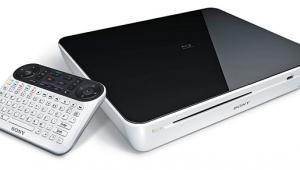Reavon UBR-X100 and UBR-X200 Ultra HD Blu-Ray Players Review Page 2
 Setup
Setup
Reavon's user interface is very similar to the old Oppo one—something I expected given that both companies use the MediaTek reference processor. After power-up, the user is greeted with a simple home screen offering a setup menu plus selections for disc or video/music/photo file playback from external devices (network or attached storage). Player responsiveness was good overall, though I was disappointed to discover that both models lacked some of the setup options found in the Oppo designs despite having similar onboard processing. To cite two examples, there's no support for multi-aspect ratio screens (Oppo's players had scaling options for 2.35:1 "scope" screens) or user interface customization. One of the first things I do when testing a Blu-ray player is disable BD-Live connectivity. That's normally a simple setting, but even with BD-Live turned off, the Reavon players issue an onscreen pop-up warning each time you play a BD-Live disc. In my opinion, details like this shouldn't be an issue on players at these price points where you expect both high performance and design. (Reavon said it plans to make further refinements via software updates, so I'm hoping to see improvements over time.)
Both the UX100 and the UX200 support the Dolby Vision and HDR10 high dynamic range (HDR) formats, and if you have a projector that doesn't support HDR, you can turn this feature off and have the player convert Ultra HD/HDR programs to standard dynamic range. Onboard tone mapping with both models was passable, but not nearly as refined as what you get with Panasonic's players, which excel at scaling the contrast range of HDR images down for projectors and TVs with limited light output capability.
The other playback features on the Reavon machines were fairly standard. Onscreen info displays show you important disc information like resolution, soundtrack format, HDR format, and the maximum and minimum content and frame average light levels for HDR programs. Both players provide video memory slots which can be used to store settings to fine-tune images and adjust HDR performance when using HDR-to-SDR conversion. There are even presets based on the display type being used. In direct comparisons of both players, I didn't notice any difference in video quality, so if you are not planning on using the analog audio output capability of the UBR-X200, you can stick with the less pricey UBR-X100 and get the same video performance—plus digital audio outputs to feed outboard audio gear.
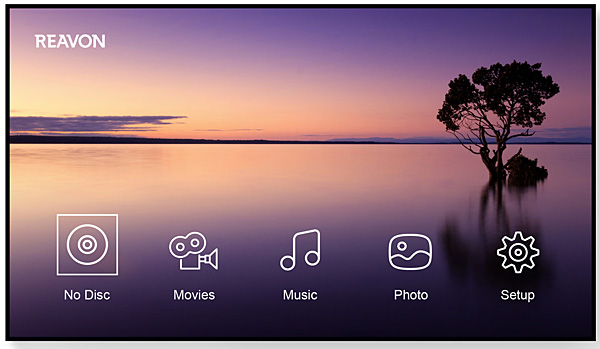
The X200's audio menu offers a few options to tweak performance with the analog audio outputs. The menu isn't as intuitive as what I've seen with other players and doesn't offer much in the way of granularity. Most settings are buried in the "Speaker Testtone" section, which has options for Large or Small speakers (with no stated crossover point), trim levels for balancing channels, and a delay option in setting increments of 5, with no indication of what you are adjusting (distance in feet/ meters? Delay in milliseconds?). There is a player setup wizard that walks through a lot of the basic settings, but it ultimately doesn't give the end user a lot of information on what the selections actually mean.
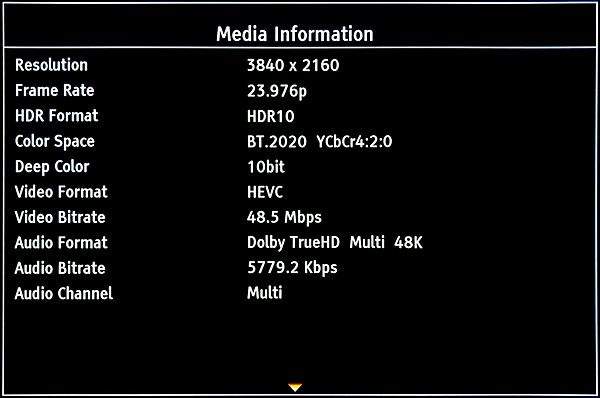
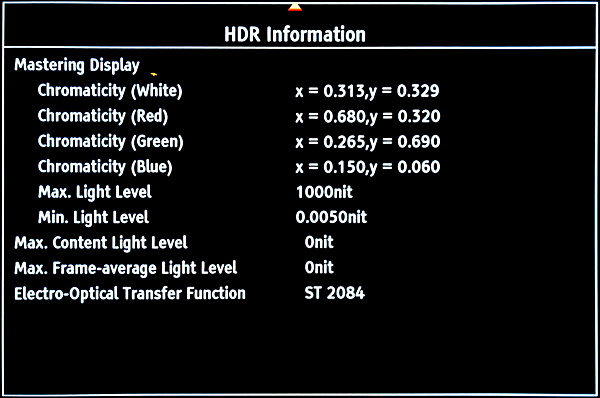
Performance
I found little to complain about when it came to performance regardless of what shiny disc type I stuck in both Reavon players. Responsiveness was better than most players I've used. Loading times and disc menu navigation were snappy and I didn't experience any hiccups during playback.
Video options include a pure source direct output along with fixed resolutions that engage the player's onboard scaling and de-interlacing. In my testing, I found the latter to be of very high quality, with both Reavon players passing most of the de-interlacing tests I threw at them, including the most difficult ones on the Spears & Munsil Ultra HD Benchmark test disc. Scaling artifacts were minimal, and I found overall video performance comparable to the Oppo and Panasonic players. Again, it was hard to ignore the lack of custom scaling modes, including options providing aspect ratio support for scope screens and anamorphic lenses—features that the Oppo players offered.
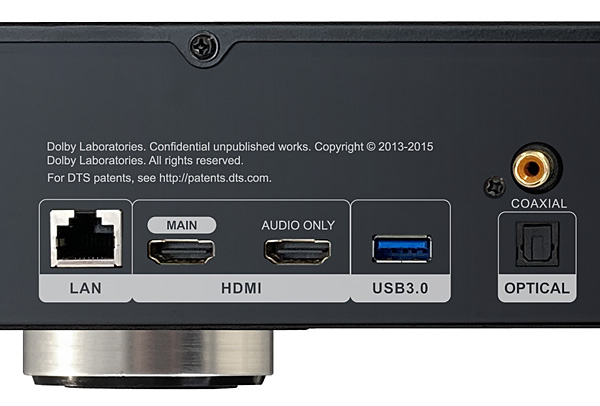
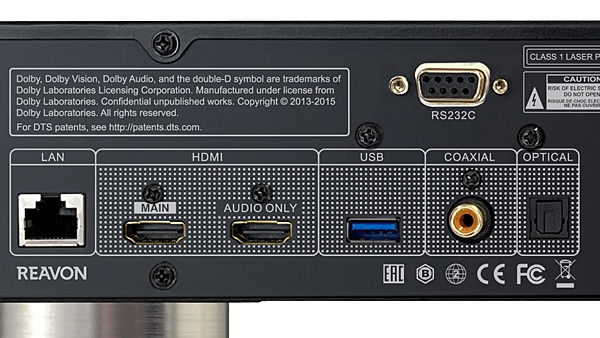
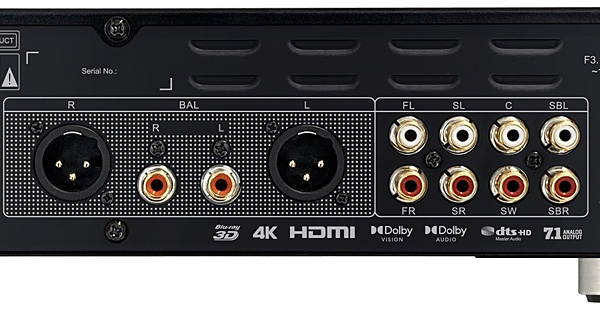
Along with playing discs, I also plugged in a couple hard drives containing 4K/HDR MKV files and stereo and multi- channel audio tracks in AIFF, FLAC, and various DSF and DFF formats. I didn't encounter any playback problems, but the menu system wasn't as refined as the one on my Oppo player, and it made locating titles in a large library a bit tedious. File load times from selection to playback were faster than on my Oppo, however.
The X200's balanced audio outputs sounded nice and clean when I played music through my Trinnov audio processor. As for the player's analog multi- channel outputs, I generally feel that this feature on a player isn't necessary given the quality of audio components on the market today that use HDMI connections. Also, most mid- to high-end A/V receivers and processors use good-quality DACs, and they also provide far greater flexibility for fine-tuning trim levels, crossover points, time alignment, and other audio-specific settings.
Conclusion
I am thrilled to see a new pair of higher-end disc players hit the market—way to go, Reavon! While the UX100 and UX200 lack the refinement and customization options of the now-discontinued Oppos, I found their general playback features to be in line with those greatly missed players, and both provided excellent overall video performance. I look forward to the company refining both models via those promised firmware updates, but in the meantime, shiny disc enthusiasts would be hard-pressed to find better playback options than these new offerings.















